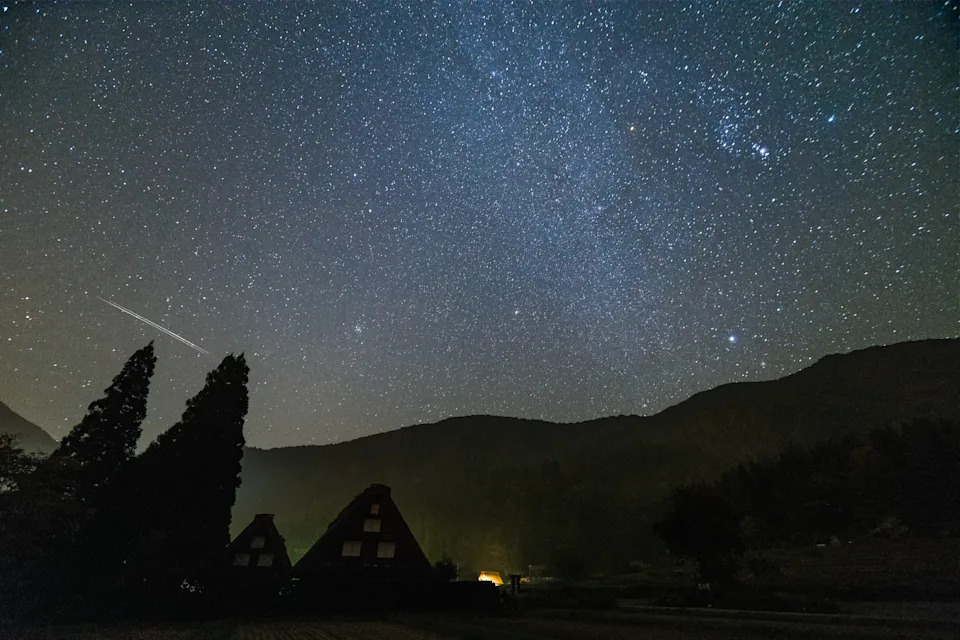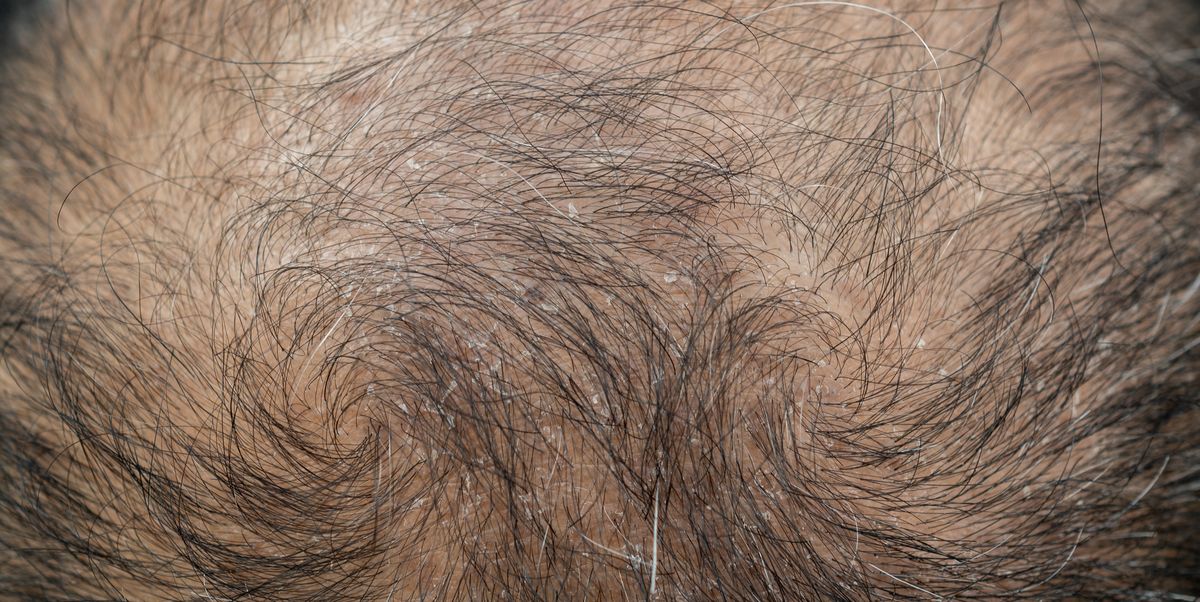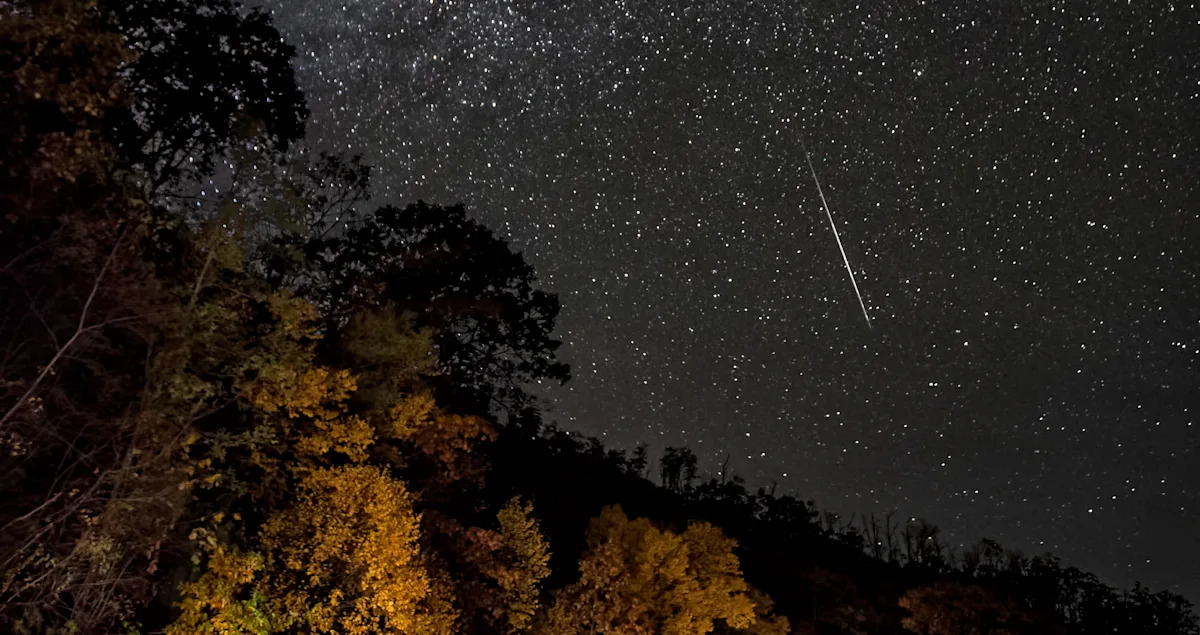A spectacular celestial display will soon be visible. The Orionid meteor shower, which is known to produce fireballs on occasion, is expected to peak overnight Wednesday, according to NASA.
Recognized for their speed and brightness, the Orionids, per NASA, are among the most brilliant meteors of the year. The annual meteor spectacle is a result of the famed Halley’s comet, which is the only “short-period” comet that is visible to the naked eye from Earth and the only naked-eye comet that may appear twice in a lifetime. Its most recent approach to Earth occurred in 1986, and it is projected to return in 2061, according to Space.com.
The Orionid meteor shower, per the American Meteor Society, is active annually from around Oct. 2 to Nov. 7, and its meteors can streak up to 148,000 mph.
Here’s what to know ahead of the Orionid meteor shower’s 2025 appearance.
What is the Orionid meteor shower?
Named after the constellation Orion because it originates in the same part of the sky, the Orionid meteor shower is a yearly celestial event that occurs when Earth passes through the debris left over from comet 1P/Halley, per NASA.
Each October, Earth passes through the “inbound” stream of debris generated by Halley’s comet, which produces the Orionid meteor shower. The “outbound” stream of this debris trail produces the Eta Aquariids every spring, according to the American Meteor Society. The Orionid meteor shower, the American Meteor Society adds, is generally of medium strength. It typically produces 15 to 20 meteors an hour at maximum under dark skies.
A meteor streaks across the sky over a desert in China during the Orionid meteor shower in 2023. (VCG/VCG via Getty Images)
When do the Orionids peak, and what can I expect to see?
The Orionids are viewable in both the northern and southern hemispheres in the hours following midnight, specifically from 1 a.m. to dawn in your local time zone, per the American Meteor Society.
Because of how fast they move, the Orionids leave ionized gas trails in the sky that persist for a few seconds after the meteor itself has passed. Unlike other showers, however, the Orionids aren’t very colorful and usually appear as white streaks of light, per EarthSky.

The Orionid meteor shower. (Getty Images)
Where’s the best place to view the Orionid meteor shower?
This year’s viewing conditions are expected to be excellent in most areas, per the American Meteor Society, because the new moon on Oct. 21 “ensures dark skies with no lunar interference during the early morning hours.” Cloud cover and city lights are the only foreseeable obstacles. A dark location away from city lights will give the best chance to spot the Orionids.
First Appeared on
Source link













